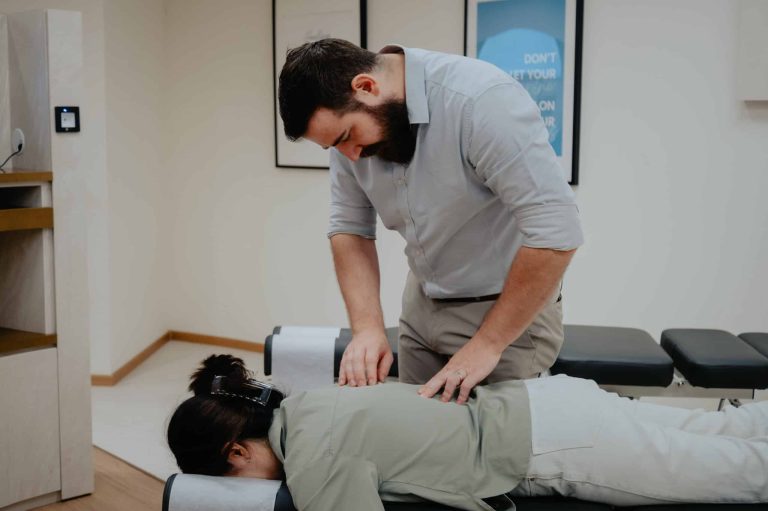If you are looking to have a youthful face, you can consider getting a face lift. A facelift is a cosmetic procedure that improves the appearance of the face by removing wrinkles and sagging skin from the face. Sometimes a face lift may be combined with a neck lift to give a uniform, youthful appearance from the face to the neck. A face lift, however, does not remove very fine creases or areas of sun damage on your face.
When you visit a doctor looking for a facelift, the doctor will explain to you what the procedure entails. They will then take your medical history and do a physical examination of your face. The doctor rules out underlying medical conditions that may affect the safety and outcome of the procedure. If you qualify for the face lift in Pasadena, the doctor will schedule you for the procedure in the future and explain to you how to prepare for it.
Who is an Ideal Candidate for a Face Lift?
To qualify for a facelift procedure, it is important to have realistic expectations that can be achieved. A good candidate for the facelift procedure is one who does not have underlying medical conditions that put them to be at risk of complications. When you are considering a facelift, it is good to quit smoking because smoking delays healing.
This is because smoking causes vasoconstriction of blood vessels that supply blood and nutrients to the tissues. Aging is one of the reasons why people consider a facelift. This is because as you age, your skin loses its elasticity and becomes loose. The fat distribution in your face changes with fat increasing in some areas and reducing in others.
Some of the age-related changes that can be treated with a facelift include sagging skin on the cheeks, folds that form between your nose and the corner of the mouth, and excess skin that appears on the jaw. However, if you have a change in the pigmentation of your skin and creases on your upper lip and nose, you may require other treatment methods because a facelift does not correct these problems.
Safety of the Face Lift Procedure
When done by a qualified plastic surgeon, a facelift is a very safe procedure with minimal side effects. Some of the complications that can occur after a facelift procedure are formation of a hematoma, which is a collection of blood beneath the skin, or scarring of the skin can occur in the areas where the incisions were made. These scars can be removed using corticosteroid injections.
The nerves in the skin may be injured during a facelift, and this affects the sensation of the face. Nerve damage can affect you by developing some form of muscle paralysis, such that you have uneven facial expressions. The injury to the nerves can resolve on its own within a period of a few months or it can also be corrected with surgery. Other complications of a facelift include loss of hair on the incision site and sloughing of the skin.
Skin Care After a Face Lift
After the procedure, it is important to take care of your skin to avoid infections on the incision site and to enhance the results of the procedure. Avoid removing crusts from the incision sites because this will delay wound healing. When cleaning your face, use gentle soaps. Avoid excessive motion of your face and vigorous exercise. Using sunscreen and avoiding direct exposure to the sun reduces sun damage.
A facelift is a cosmetic procedure that removes wrinkles and sagging skin from the face. To qualify for the procedure, a person should be generally healthy and with realistic expectations. Taking care of your skin after a facelift promotes faster healing of your skin and improves the results of the procedure.

















